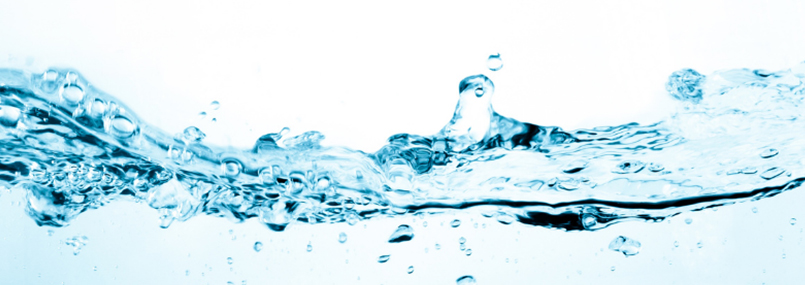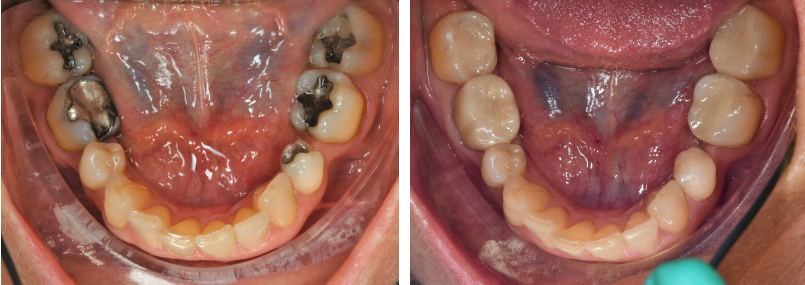Overcoming Mercury Health Problems
The World Health Organisation (WHO) advises in a WHO Fact Sheet, exposure to mercury – even small amounts – may cause serious health problems. Mercury may have toxic effects on the nervous, digestive and immune systems, and on the lungs, kidneys, skin and eyes.
WHO comments further on dental amalgam… “whilst it is still used in almost all countries, a 2009 WHO expert consultation concluded a phase-down of its use should be pursued by promoting disease prevention and alternatives to amalgam.”
In September 2020, the US FDA updated its recommendations concerning dental amalgam fillings and cautioned that “harmful health effects of mercury vapour released from the amalgam fillings” could impact high-risk populations.
NOTE: at SHDC we stopped using this material in 1987 and have used precautionary procedures to minimise our patients’ and staff’s exposure. We have recently upgraded those procedures to comply with the SMART Accreditation standards.
Detox May Support Mercury Elimination
At SHDC we practice the ‘Safe Mercury Amalgam Removal Technique’ (the SMART Protocol).
A detox and support regime can be useful. We can work with your own integrative (holistic) medical practitioner, nutritionist and naturopath or we can work directly with Nutritionist Sofie Ehrlich, who is familiar with SHDC protocols and appropriate support.
Some basic principles include:
- Prepare for detox and support immune function by focusing on a nutrient-dense diet to optimise gut and immune function
- Avoid processed foods, sugar and alcohol
- Foods and supplements that contain sulphur and that are also high in anti-oxidants will help bind mercury for excretion in faeces and urine
- Drink lots of filtered water
- Infrared saunas and Epson salt baths assist in detoxification
Support Your Body to Eliminate Mercury
Amalgam removal eliminates the greatest source of mercury.
However, mercury is still present in the body and stored mainly in the kidney, liver, fat tissues and brain.
The aim of any mercury detox program is to prepare the detoxification pathways with nutritional support (a nutrient-dense diet) and then providing additional support in various forms to bind to the mercury, which can then be eliminated through the body in the urine and faeces. The following recommendations provide some guidelines to support the body through the detox process.
Nutritional Support:
Prepare and Optimise Your Body for Detoxification
Lower Carbohydrates
It’s important to reduce your overall carbohydrate intake to 70-100g daily, and eliminate refined carbohydrates (e.g. white bread and white flour products, rice, pasta, noodles) entirely from your diet at this time.
Excess carbohydrate intake makes you more susceptible to issues with insulin balance which in turn compromises immune function.
Excess sugars (carbohydrates) in the diet create a systemic ‘acidity’ in the bloodstream that makes it very difficult for beneficial microbes/bacteria to flourish. This results in an imbalance of gut and periodontal bacteria, increasing your chances of dental cavities, periodontal disease and also and reducing your ability to detoxify mercury and other heavy metals.
Many people have some digestive issues with wheat. These may include bloating, flatulence, reflux, heartburn, diarrhoea or constipation. Gluten, a component of wheat protein, can be very irritating to the gut lining and hamper processes of digestion and absorption. It may be best to avoid wheat and gluten entirely during your detoxification period.
Increase Proteins

The sulphur-bearing amino acids in good quality protein foods greatly assist detoxification of mercury and heavy metals. This sulphur component attaches itself to mercury molecules, making it much easier for the liver to metabolise and excrete heavy metals.
Good quality protein in moderation would include free-range, pasture/grass-fed and finished, preferably organic beef, lamb, pork and chicken. Organic/biodynamic eggs are especially good because they are very high in sulphur-bearing amino acids which binds to mercury.
Beneficial Bacteria
Are you feeding your friends or your foes? A nutrient-dense diet supports beneficial bacteria which in turn supports immune function and detoxification. You can also include beneficial bacteria in your diet. For a start, these beneficial bacteria help to re-balance the ratio of ‘good’ and ‘bad’ bacteria in the digestive system, enabling you to absorb more nutrients from your foods, most especially the vital amino acids, which in turn help to chelate mercury.
Beneficial bacteria also lend alkalising properties to the digestive system, which is vital not only for our overall health but also for maintaining the health of your teeth and gums.
Foods containing beneficial bacteria include:
- Sauerkraut and other pickled vegetables
- Naturally cultured full-fat plain yoghurts
- Homemade cultures, such as kefir
Water is the Best Drink

It is important to have 2-3 litres of filtered water per day during your detoxification period. A good rule is to drink water when you are thirsty. If using a reverse osmosis filter add a pinch of quality salt (Himalayan or Celtic sea salt). By increasing and maintaining your water intake to these levels, you help to assist the liver, bowel and kidneys to move chelated metals out of the body.
Sulphur Binds to Mercury: Makes It Easier to Excrete
Sulphur is found in many plant and animal-based foods. Eating a balanced diet incorporating a variety of foods can help ensure you’re getting enough sulphur.
These are the top 7 sulphur food sources:
- Allium vegetables: garlic, leeks, onions, scallions, and shallots
- Cruciferous vegetables: rocket (arugula), broccoli, Brussels sprouts, cabbage, cauliflower, kale, and radishes
- Eggs (free range at least)
- Dairy products: milk, yogurt, parmesan cheese, and cheddar cheese
- Legumes: chickpeas, fava beans (broad beans), kidney beans, lentils, and peas
- Meat and seafood: chicken, crab, lobster, scallops, and organ meats
- Nuts and seeds: almonds, brazil nuts, walnuts, sesame seeds, and sunflower seeds.

Before and After Mercury Amalgam Removal
Supplements and Other Support
- Broad-spectrum antioxidant multi-vitamin, minerals, herbs and amino acids
- DeMerTox (sulphur-based amino acids like N-acetylcysteine, garlic and selenium) (USA product)
- Chlorella
- Epsom salt baths
- Infra-red saunas
- Make sure you drink plenty of filtered water
Note: There are many forms of mercury detoxification programs. It can be simple and slow (see above), or personalised and more targeted.
You can consult with an integrative (holistic) medical practitioner, nutritionist and naturopath. Or as our recommended option, we can work directly with Nutritionist Sofie Ehrlich, who is familiar with SHDC protocols and appropriate support.
No comments:
Post a Comment